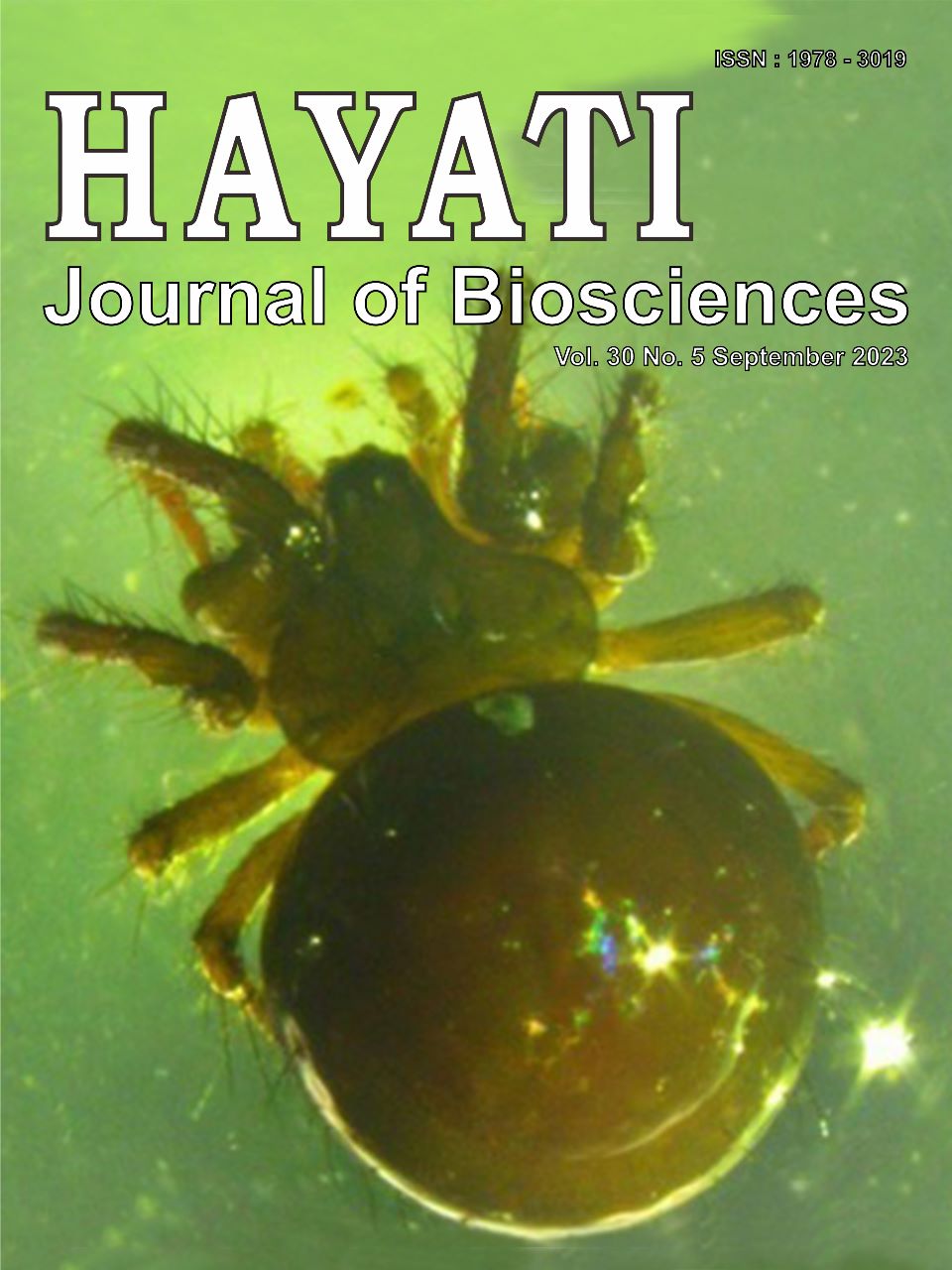The Potential of Porang (Amorphophallus muelleri Blume) Flour and Porang Flour Formulation as an Anti-Diabetes Type-2 Agent
Abstract
Porang (Amorphophallus muelleri Blume) is a source of glucomannan in Indonesia, and a potential agent for diabetes mellitus treatment, apart from konjac. This study aims to determine the potential of porang flour formulation as a therapeutic agent for diabetes mellitus, especially type-2 diabetes mellitus. Soluble fiber, water absorption capacity(WAC), disintegration time, and viscosity of porang flour (PF) and porang flour formulation (PFF: consist of 85% porang flour, 1.03% k-carrageenan flour, 12% inulin flour, and 1.97% modified cassava flour (MOCAF)) were scrutinized. Twenty-eight male albino Wistar rats were randomly split into seven experimental groups. Five groups consisting of diabetic rats were treated using porang flour (300 mg/kg bw); low, middle, and high doses of porang flour formulation (100, 300, 500 mg/kg bw, respectively); and metformin (51.38 mg/kg bw). The rest were normal, and the diabetic (DM) control group. PF, PFF, and metformin were orally administered to the streptozotocin-induced diabetic rats per day for four weeks of the experiment. Fasting plasma glucose (FPG), Malondialdehyde (MDA) level, lipid profile, aspartate aminotransferase (AST), and alanine transaminase (ALT) levels of the blood plasma were measured, while the pancreas was used for immunohistochemical study and β-cells quantification. ANOVA was employed to analyze the data, followed by Honestly Significance Difference using Minitab version 17.0. The result indicated a significant effect of PF, PFF, and metformin on decreasing FPG and MDA and increasing the number of pancreatic β- cells in DM rats. Porang flour (300 mg/kg bw) and middle-dose PFF are potential therapeutic agents for type-2 DM.
Downloads
Copyright (c) 2023 Simon Bambang Widjanarko, Siti Nur Aisyiah Jamil; Eva Ni'maturohmah; Widya Dwi Rukmi Putri

This work is licensed under a Creative Commons Attribution-NonCommercial 4.0 International License.
HAYATI J Biosci is an open access journal and the article's license is CC-BY-NC. This license lets others distribute, remix, tweak, and build upon author's work, as long as they credit the original creation. Authors retain copyright and grant the journal/publisher non exclusive publishing rights with the work simultaneously licensed under a https://creativecommons.org/

























.png) IPB University
IPB University Department of Biology
Department of Biology The Indonesian Biological Society
The Indonesian Biological Society 

